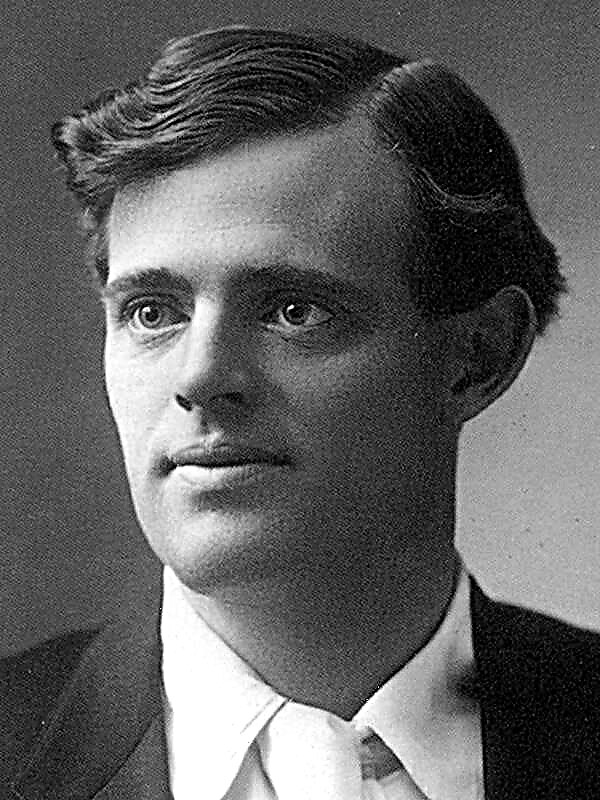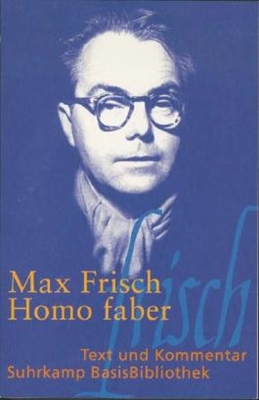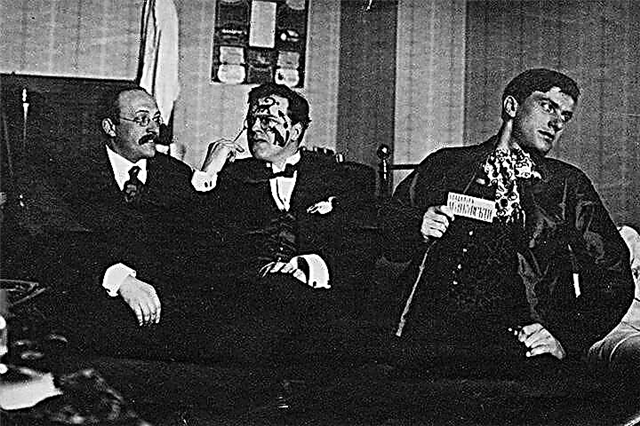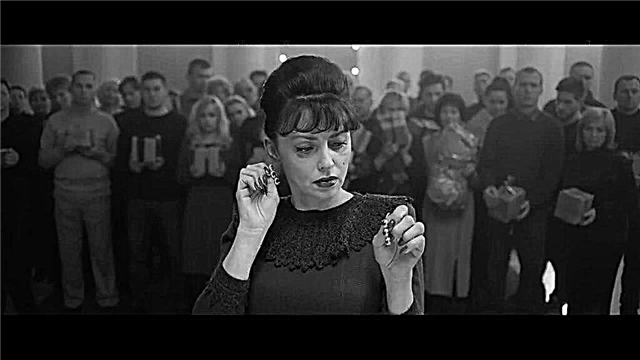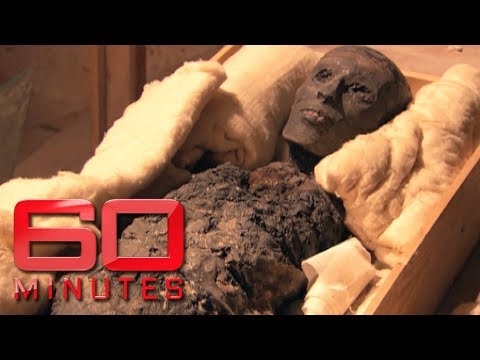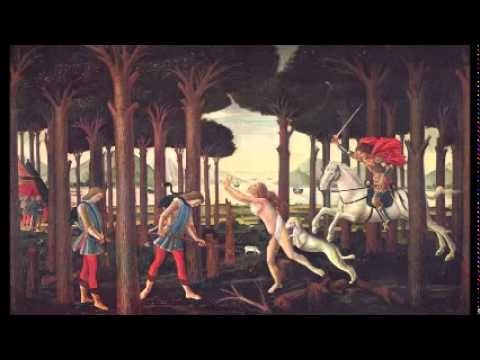One of the features of the composition of the novel is the so-called “framework narrative." The general plot canvas serves as a frame for numerous inserted short stories. However, in the novel by Metyurin, the attentive reader will catch the absolute sequence of the general plot, in which the author does not for a second lose the thread of the through story and through plan.
The action begins in the fall of 1816 in Ireland, in the county of Wicklow, where John Melmotch, a student at Dublin Trinity College, comes to visit his dying uncle, or, more simply, to take over his estate. Uncle dies, however, in the will, in addition to purely practical points, there are two more mystical properties: the first is to destroy the portrait hanging in the office with the signature “J. Melmoth, 1646 "; the second is to find and burn the manuscript stored in one of the bureau drawers. So for the first time John Melmot encounters his legendary ancestor, nicknamed Melmoth the Wanderer. Of course, it reads a paraphrase on the theme of Agasfer, the “eternal Jew”, and the motif of the “Seville seducer” Don Juan, and Melmot the wanderer could be called an “Irish tempter”, because it is the temptation that he will offer to the people he meets on the way, to people with whom his fate will reduce, and all the plots of the novel are devoted. Metyurin, as it were, "combined" in the framework of one hero and Faust, and Mephistopheles.
So, the young Melmot finds and reads a manuscript belonging, as it turns out, to a certain Englishman, Stanton, the first of the heroes of the novel who met the strange and formidable demon Melmoth the wanderer on his way. And having read Stanton’s painful and passionate confession in the silence of his uncle’s office, John tears off the portrait of his ancestor from the wall and, tearing it to shreds, throws it into the fire. But at night he appears to him with the words: “Well, you burned me, only such a fire has no power to destroy me. I am alive, I am here near you. ” A terrible storm falls on the house of Melmoth, standing on the very shore above the cliff to the sea. In this storm, Melmotu is again his demonic ancestor. Sinking in the waves of Melmoth rescues the Spaniard of Monsad. The next morning he tells him his story - this is the first false novel "The Spaniard's Tale". The story of the stay in the monastery, where they wanted to force him to get a haircut as a monk. His resistance to this, his persecution by the monastic brotherhood. Much is mixed and combined here: mysterious wanderings in the monastery cellars in search of salvation; angry invective against the Pharisee and Satanic cruelty of the Church and the Inquisition; the terrible image of a patriotic monk becoming a secret informant of the Inquisition; the endless loneliness of the hero - the Spaniard Alonso Monsad, forced to fight one on one "with those snakes that ... are conceived by the loneliness of man ... and are born in his heart every hour"; the story of the walled-up lovers is a tribute to Maturin's tradition of the “literature of horror,” from which the blood runs cold; and much more. But above all this - the appearance of the Tempter - first in the monastery, then in the prison of the Inquisition. A person for whom there is no constipation or prohibition. A man who talks about his meetings with historical figures who lived in the last century ... The hero, taking advantage of the fire that engulfed the prison, escapes. He ends up in the house where the family of the baptized Jew Don Fernand de Nunez lives, then he flees from there, ending up in the dungeon where the old man, Jew Adonia, finds him. Having fed and watered the fugitive, having listened to his story, Adonia offers him to become a scribe. Adonia, who has a fateful secret in the past, who is also capable of seeing both the past and the future, shows Alonso a manuscript containing "the story of those whose fate is now connected with yours - a chain of wondrous, invisible and inextricable." This story is a "tale of Indian islanders." The love story of Melmoth the wanderer, the only love in his whole life - to a girl from a distant island, naive, innocent and beautiful. If in the history of the Spaniard Alonso a paraphrase of Didro's novel “The Nun” is read, then in the image of Immali Voltaire Huron, his “simple-minded”, is undoubtedly guessed. On the island where she lives in complete solitude, a man appears, whom the author calls a "stranger." He tells Immali about distant lands, about cities ... The tempter is simple-minded. But he leaves her "on the waters." Again - a combination within the same image: the blasphemer and the God-seeker, Faust and Mephistopheles, Christ and Satan. The combination, of course, from the point of view of all kinds of orthodoxy, is sacrilegious, a manifestation of unprecedented freethinking (it is noteworthy that Matyurin was not only a writer, but also a clergyman. An interesting paradox is a priest and a blasphemer in one person). Suddenly, in a manuscript, a mention of Stanton is found in the manuscript - thus linking all the plots together, uniting the stories of all the artists of Melmoth the wanderer into a certain image of a single great Iskus, unnamed (never in the whole novel not indicated by the word, he always either pronounced in the ear, or implied). As Monsada says, "we are all only grains of rosaries strung on the same thread." The art of returning to Immali Melmoth is in his stories about the civilized world, in those pictures of the monstrous immorality that reigns in him. Savage Immali - loved him! "You! It was you who taught me to think, feel, cry. ” Before meeting Melmoth, she did not know anything of this. Their betrothal takes place - without witnesses, only wildlife and moonlight. After that, Melmoth disappears. He never came to this island again.
Three years have passed, and we meet Immali in Spain, under the name of Isidora, the daughter of a wealthy merchant and merchant Don Francisco de Aliag. But one night, in the light of the moon, Melmoth again appears to her. “A sad demon, the spirit of exile,” he says to his beloved: “I have been instructed to trample underfoot and crumple all the flowers that bloom both on the earth and in the human soul ... everything that comes in my way.” Thus, Melmoth acquires the features of a doomed to wanderings and eternal wanderings, tormentor and martyr at the same time. Satan and the Savior all rolled into one. Frustrated and satiated, knowing the secret of life and death, the insignificance of the human race and the futility of everything, and, as a result of this knowledge, exalted above the world. Matyurin about Melmoth: “For him, there could be no greater miracle than his own life, and the ease with which he was transferred from one end of the earth to the other, mingling with the people who inhabited it and at the same time feeling his separation from them, like a tired and indifferent viewer who wanders along the rows of a huge stall where he does not know anyone ... "The wedding of Isidora-Immali and Melmoth takes place in the old monastery at night, but the hand of the priest who performed the rite" was cold as a hand of death".
The next chapter catches us in the inn where Don Francisco, the father of Isidora, was on his way home. He meets a stranger there, reading a certain manuscript to him: "The Tale of the Guzman Family." The story of the tragedy of one family, its rise and fall, wealth and poverty. At the worst hour in front of the father of the family, Walberg is the adversary, “The Enemy of the Human race,” and “his eyes give off such a sparkle that people cannot bear”. But salvation comes unexpectedly from the other side, and the artisan Valberg, even at the cost of the starvation of his children, overcomes. The story is over. Don Francisco falls into a dream, and, waking up, discovers a person in the room. The Strange Guest shows an unexpected knowledge of the fate of Valberg and his family, although he was not in the room at the time of reading the manuscript. And saying goodbye, he says: "We will see you tonight." This is what happens. On the way, don Francisco meets a mysterious stranger. Hiding in a secluded tavern from the weather, they remain together, and the "strange guest" offers the merchant his story: "A Tale of Two Lovers." This time the action takes place in England. The Age of Stuart Restoration, second half of the 17th century The ancient family of Mortimers from Shropshire. Legends about the glorious past, about serving the royal house. The love of the surviving descendants of Sir Roger Mortimer, cousins: John Sendel - a warrior, a hero, and at the same time - an angel-like youth, and the beautiful Elinor; the story of their tragedy, their failed wedding, their separation, and again meeting, when John is already insane, and Elinor serves him as a nurse. They are very poor. At that moment, a stranger telling don Francisco this story suddenly appears in his own narrative: “It was at this time ... I had a chance to meet ... I wanted to say that it was at this time that a newcomer who settled near that village where Elinor lived, met both of them several times ... "The art was again not expressed in words, only the priest, who appeared a little later," immediately realized how terrible their conversation was. " However, then the priest tells Elinor that in the person who was talking to her, he recognized “an Irishman named Melmoth,” whom he once knew, who he had stopped dating, realizing “that he was a man who indulged in devilish deception, that he was in the power of the Enemy human race "; some time ago he himself witnessed his death and before his death he said to him: “I am guilty of a great angelic sin: I was proud and imagined too much about the strength of my mind! It was the first mortal sin - the boundless pursuit of forbidden knowledge! ” And now - this man is alive ...
But then the stranger begins to tell don Francisco ... his own story, warning: "... do not waste a minute, hurry to save your daughter!" But the merchant was not in a hurry ... The story of Isidora concludes the story. Nobody knows that she became Melmot's “secret wife”. No one knows that she is expecting a baby. And then her father and groom come. During the ball, Melmoth makes an attempt to escape. In vain. On their way stands the brother of Isidora. After killing him, Melmoth runs alone, cursing those who witness this scene. Isidora’s fate is terrible. She gives birth to a daughter, but “the wife of the sorcerer and their damned offspring” is passed “into the hands of the merciful and holy court of the Inquisition”. Sentence - separation from daughter. At night, in the cell, the girl dies. On his deathbed, Isidora tells the priest that Melmoth came to her at night. Again art - again unspoken.
On this, the Spaniard of Monsad ends his story. And here in front of him and John Melmoth appears the hero himself, the Wanderer: “Your ancestor returned home ... his wanderings are over! .. I carry away the secret of my destiny ... I sowed fear on earth, but not evil. None of the people could be forced to share my fate, it was necessary his consent, and not one agreed, he didn’t ... Not a single creature changed his fate with Melmoth the wanderer. I went all over the world and did not find a single person who, in order to possess this world, would agree to destroy his soul. Neither Sten-son in the house for the insane, nor you, Monsada, in the prison of the Inquisition, nor Valberg, in front of whose children were starving to death, no one else ... "
Melmoth sees a prophetic dream of his death. The next day, only the scarf that he wore around his neck was found at the top of the cliff, to which his tracks led. “That was all that was left of him on earth!”


